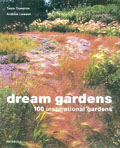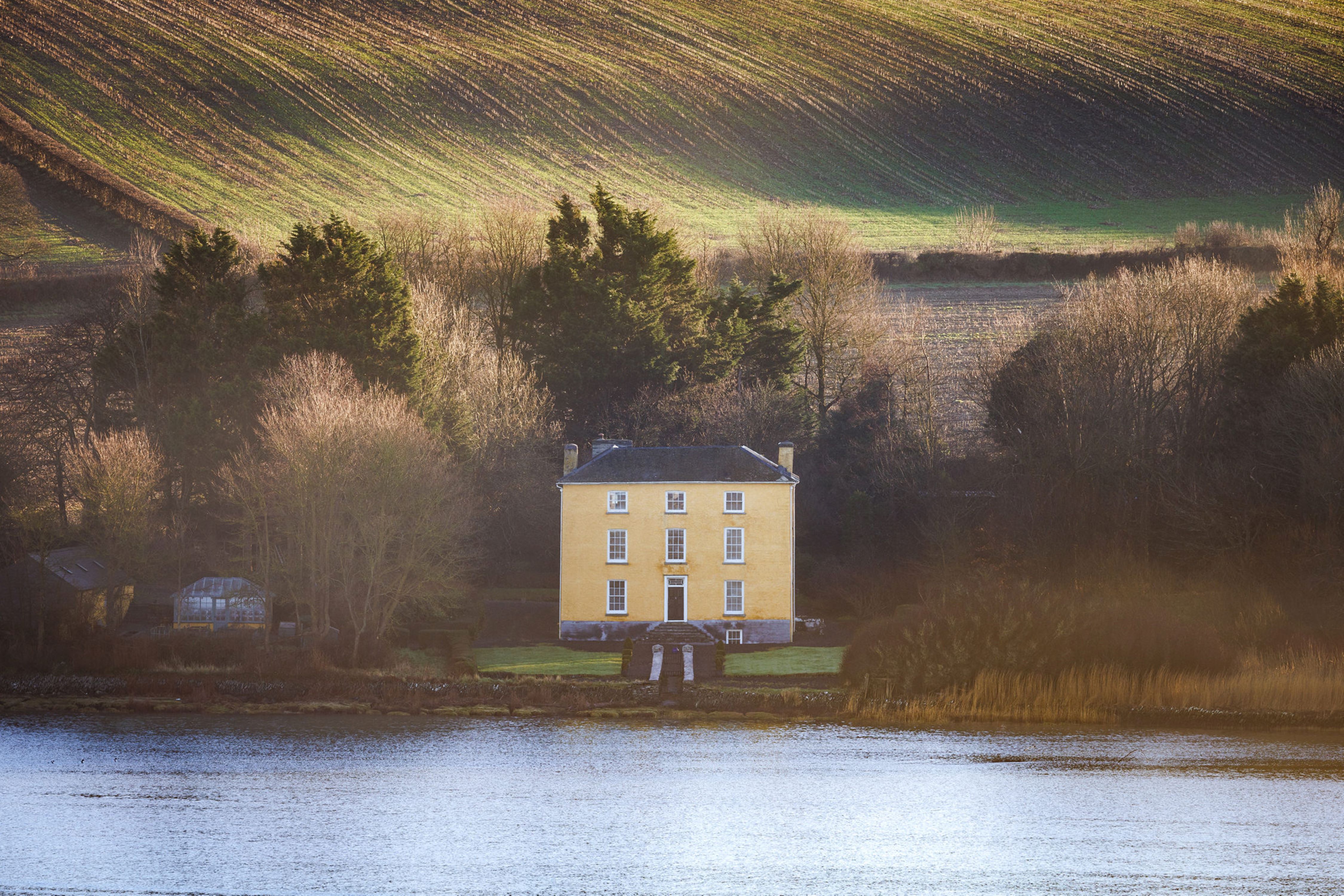Book review: 100 Inspirational Gardens
Do the English reserve romance for the garden? Kathryn Bradley-Hole finds a book that celebrates our creativity


Dream Gardens: 100 Inspirational Gardens (Tania Compton and Andrew Lawson )
My colleague, Roddy Llewellyn, was recently asked by the impertinent editor of a German lifestyle magazine whether the English led the world in gardening because they wanted to escape their boring sex lives. Needless to say, he volleyed back a witty and elegant reply, but it is true that, although the British endure an unromantic reputation, our gardens are envied across the world.
Although this sumptuous book sets an international agenda, with examples from the USA, Australasia and mainland Europe, 75% of the gardens featured are in England understandably, as both the author and photographer are based here. Yet, their choice also reflects the variety and creativity to be found even before you venture beyond these shores.
Tania Compton's introduction sets the scene: 'Most creative endeavours are born of a desire to turn a dream into reality. In gardening, the dream that may spur the transformation of a featureless site into a garden never ends.' The reason, of course, is that once it has been 'made', a garden cannot do otherwise than continue its cycle of growth, change, decay and rebirth. In this book we see a series of perfect moments, when the transformation into accomplished dream appears to have been completed.
Only a short chunk of text introduces each garden. We find well-trodden paths (Great Dixter, Iford Manor, West Green House, Hadspen) with more private omains Crockmore House, Guanock House, Bury Court and rigorously-designed, city pocket handkerchiefs. It cannot have been easy to sift only five score of gardens from around the world, but the selection herephotographed by that master of light and composition, Andrew Lawson is successful and inspiring, and intelligently organised into a progression through the seasons.
Hoar frost transforms the late David Hicks' austere creation at The Grove into a place of bewitching atmosphere. Miscanthus grasses dominate the autumn scenes, although fall colour and autumn bulbs must be out of fashion, and kitchen gardens are almost entirely absent. (Do people not dream of food?)
Presently, publishers prefer to show gardens as uninhabited places unsullied by mere mortals, even gardeners at work; I wonder if the time will return when people are welcomed back into garden photographs, as was so atmospherically accomplished by Country Life's own photographer, Charles Latham, a century ago. A book editor once told me that they never show people because they date so quickly. She was probably right, but then so do planting fashions, and one of the strengths of this elegant book is its window on the 'shabby chic' informal gardening trends which dominate the early-21st-century plot.
Sign up for the Country Life Newsletter
Exquisite houses, the beauty of Nature, and how to get the most from your life, straight to your inbox.
Country Life is unlike any other magazine: the only glossy weekly on the newsstand and the only magazine that has been guest-edited by HRH The King not once, but twice. It is a celebration of modern rural life and all its diverse joys and pleasures — that was first published in Queen Victoria's Diamond Jubilee year. Our eclectic mixture of witty and informative content — from the most up-to-date property news and commentary and a coveted glimpse inside some of the UK's best houses and gardens, to gardening, the arts and interior design, written by experts in their field — still cannot be found in print or online, anywhere else.
-
 The young British flower farmers championing sustainable growing
The young British flower farmers championing sustainable growingFlower growing is hard work, but the rewards — including minimising Britain’s huge flower importing carbon footprint — far outweigh the negatives, say three young growers.
-
 Old homes in new lights: A look at contemporary property photography
Old homes in new lights: A look at contemporary property photographyAttention is at a premium. Having the right image that will draw the maximum number of buyers has never been more important.